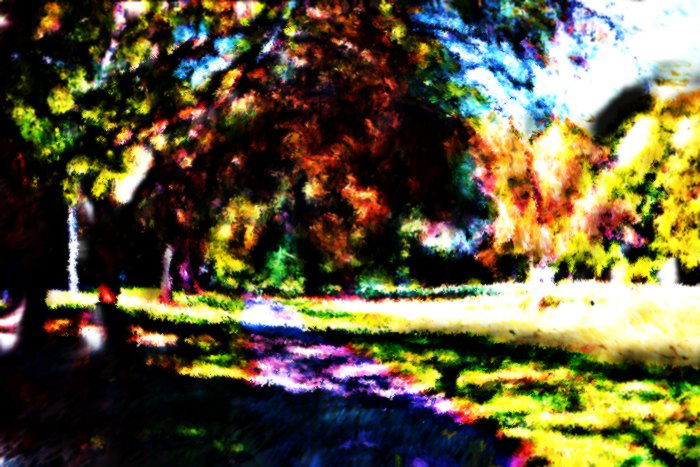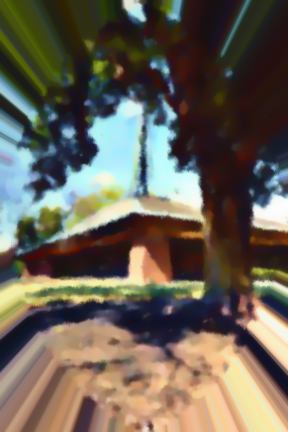Mystery Offers Common Ground Among Various Faiths

Text and images by Rick McVicar
Wanting to promote spirituality for mental health recovery, I have been worshiping at various places around Columbus, Ohio.
So far, I have worshiped at four mainline Protestant churches, a Catholic church, two evangelical churches and an Orthodox Jewish synagogue. I also attended a history lecture at a Greek Orthodox church and have spoken with evangelists from Jehovah’s Witness, Apostolic and Mormon churches. Plus, I have attended an introductory class for paganism.

They all seem to have at least one thing in common: mystery. They are all seeking to find and nourish a personal connection to a realm beyond the physical world. For many, that realm is personified in a personal savior. For others, it is a force of energy that cannot be named. Others might find familiarity with that world through deceased loved ones. Or the connection might be through nomadic figures living in an ancient past.
Symbolic objects are often used to make that connection concrete. They may be presented as special scrolls or as small tokens of a meal. Those objects might be elements of nature, such as a full moon.
But no matter the words or objects used, they all share an appreciation for mystery, along with a longing to find peace and belonging with it.
Oh, they do have their differences. Some places of worship attract large crowds of young people with contemporary music, which might become loud and fast. Other places may attract only a small number of senior citizens with slow, soft traditional hymns. Some may include political messages, whether on the left or the right. Some churches may include the Hebrew scriptures, while others do not. Some places may use half a dozen electronic screens, while others do not have any at all.
However, I find their differences to be miniscule. Their commonalities are much more striking. Surprisingly, they all seem to schedule potlucks on their calendars. I was fortunate to be invited to one following a synagogue service. It was a tasty way to experience another faith.